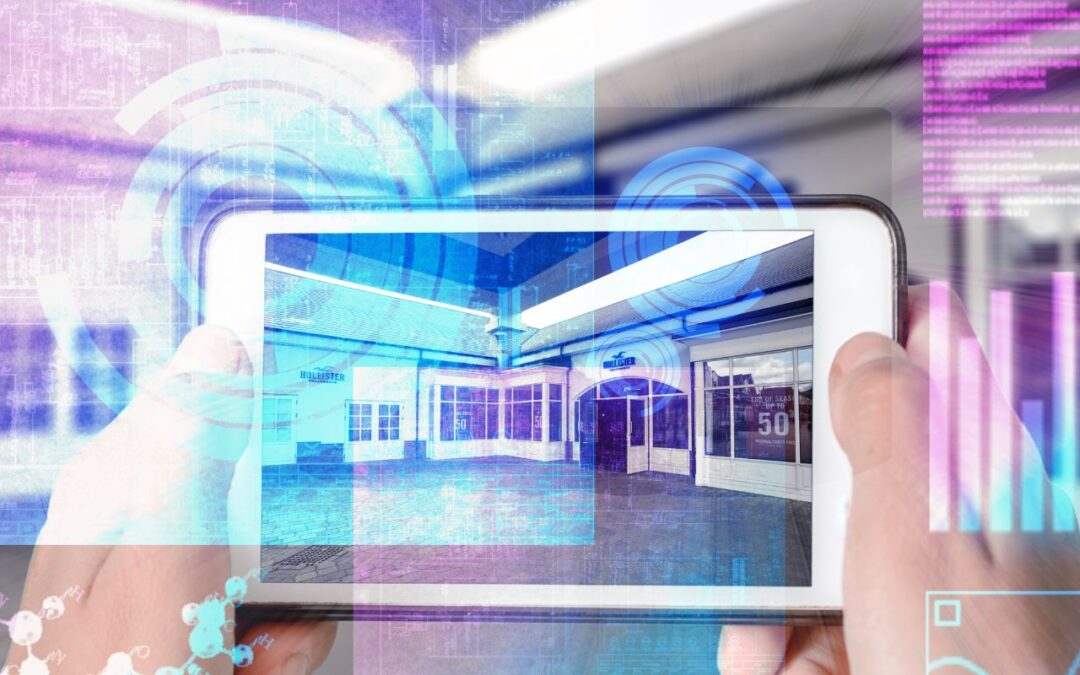Virtual Reality (VR) and Augmented Reality (AR) are two rapidly growing technologies that are transforming the way we interact with the world around us. Both of these technologies are changing the way we learn, work, and play. In this blog post, we will explore what VR and AR are, how they work, and the benefits they offer.
Virtual Reality (VR)
VR is a technology that immerses the user in a simulated environment. It uses a combination of hardware, such as a headset, and software, such as games or simulations, to create an artificial environment that the user can interact with. VR can simulate any environment, from a simple room to a complex virtual world with different terrains, landscapes, and creatures.
How does VR work?
VR works by simulating an artificial environment that the user can interact with. The user wears a headset that contains a screen or screens that are used to display the virtual world. The headset also has sensors that track the user’s head movements and adjust the view accordingly, creating a sense of immersion.
Benefits of VR
- Enhanced Learning: VR can simulate real-world situations, which can be used for training purposes, such as flight simulation, medical training, or hazardous environment training.
- Gaming: VR offers a new level of gaming experience, allowing players to interact with the game environment in a more immersive way.
- Therapy: VR is used in some therapies to help patients overcome fears, such as fear of heights or fear of public speaking.
Augmented Reality (AR)
AR is a technology that overlays virtual information onto the real world. It uses a combination of hardware, such as a smartphone or smart glasses, and software, such as apps, to superimpose digital information onto the user’s real-world environment.
How does AR work?
AR works by using a camera to capture the user’s surroundings and then overlaying digital information onto that view. The user can interact with the digital information, such as clicking on buttons or moving virtual objects, which appear as if they are part of the real world.
Benefits of AR
- Education: AR can enhance learning by providing students with interactive learning experiences, such as exploring the human body or viewing historical events.
- Retail: AR can be used in retail to provide customers with a more immersive shopping experience by allowing them to try on clothes or see how furniture will look in their home.
- Navigation: AR can be used to provide users with directions or information about their surroundings in real-time.
Conclusion
VR and AR are two exciting technologies that are changing the way we interact with the world around us. Both technologies offer many benefits, from enhanced learning to more immersive gaming experiences. As these technologies continue to evolve, we can expect to see even more exciting applications in the future.

